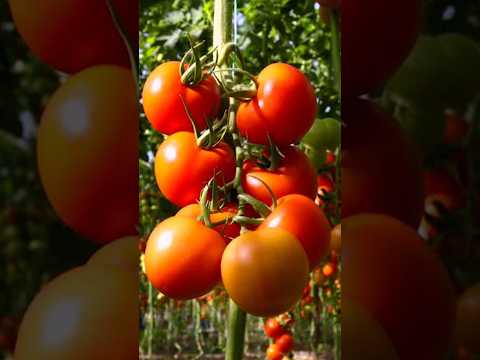A thorough inspection of plants during the preseason is a valuable investment. Brad Niensteadt, senior lead product specialist at Kinze International, stated that operators should always start at the hitch pin and work backwards
Get your planter ready with this checklist right now
Meter Maintenance
Dismantle all meters, regardless of their size. Following the washing process, inspect the faulty components for signs of wear and tear using the owner’s manuals
Kevin Kimberley, the planter doctor at Successful Farming, replaces some of the parts on finger pickup-style meters annually, including brushes, belts, and their idlers. The most difficult problem associated with pneumatic meters is the extraction of seed treatment from plastic parts
Disk Openers and Depth Gauge Wheels
The use of sharp disk opener blades allows for greater depth control and a more uniform appearance. Whenever the disk opener blades wear out, replace them as needed. Niensteadt suggests replacing the disk opener blades and inner scraper when necessary
Kimberley suggested that once the planter is in transport position, the wheels of a depth gauge are grabbed and turned to check for worn eccentric bearings or “operating slop.”. Niensteadt states that there is more than a quarter inch of free play before the arm can be replaced.
Seed Tubes
Due to their concealment, seed tubes are frequently disregarded, but they should be removed annually and checked for signs of wear. Check if the tubes are straight or warped because they may cause spacing issues when taken apart
Wash the eye of the monitor sensor in the tube and wear cast guards for wear. Replac the seed tube protector
Brushes in high-speed planters should be maintained to prevent the discharge of dirt or debris
Parallel Linkage
Parallel linkage arms may have elongated mounting holes due to the wear of their bushings, and their arms can bend or twist
Examine the linkage by holding onto the row unit from behind and moving it up and down and side to side. Take note of erratic movements at the mounting points and whether the row units rise and fall at an angle. According to Niensteadt, replacing it is necessary If the object moves more than a half inch from one side to the other
Examine the tension of pressure springs and air bag fittings for leakage, using a spray bottle of soapy water.
Closing Wheels
Closing wheels are the most overlooked component for maintenance. Kimberley stated that seed-to-soil contact has a significant impact, which speeds up the emergence of plants. He suggested moving the assembly up and down and side by side to detect slop, which could indicate wornness
Utilize closed disks and press wheels, detecting noise that may indicate worn bearings. Ensure that the gap between the wheels when they are closed, as stated in your owner’s manual.
